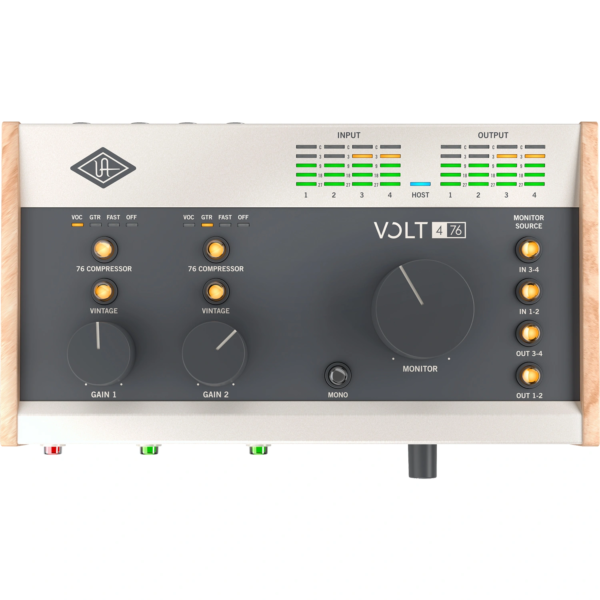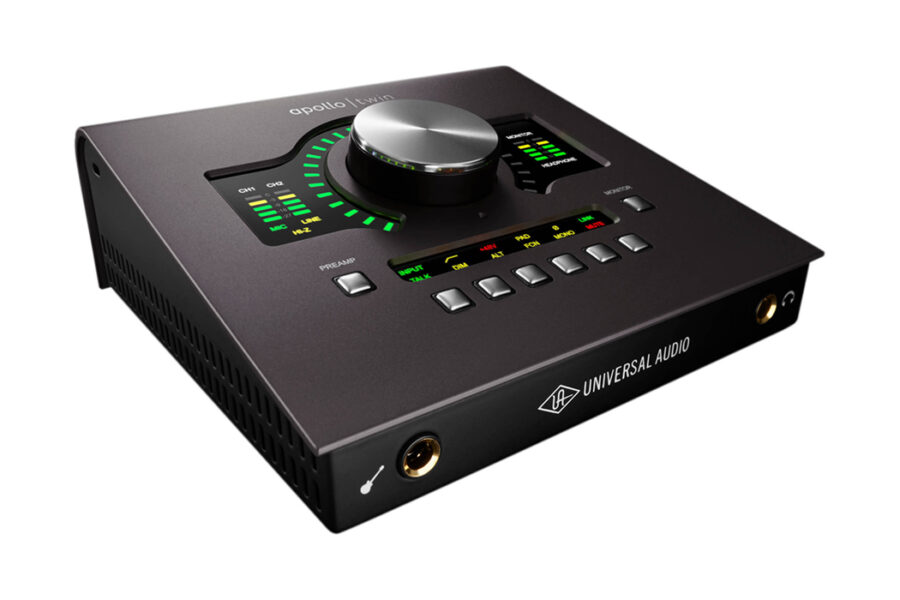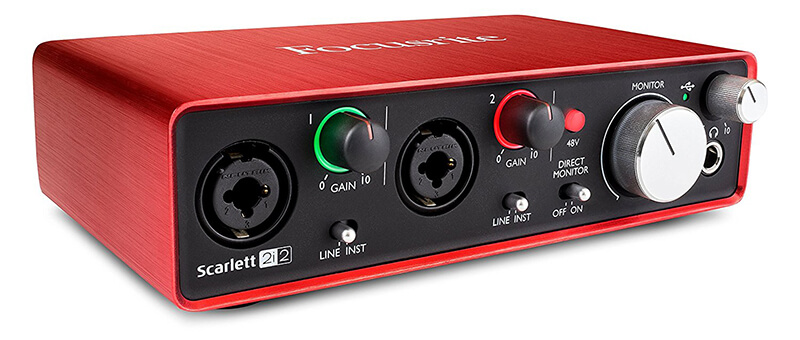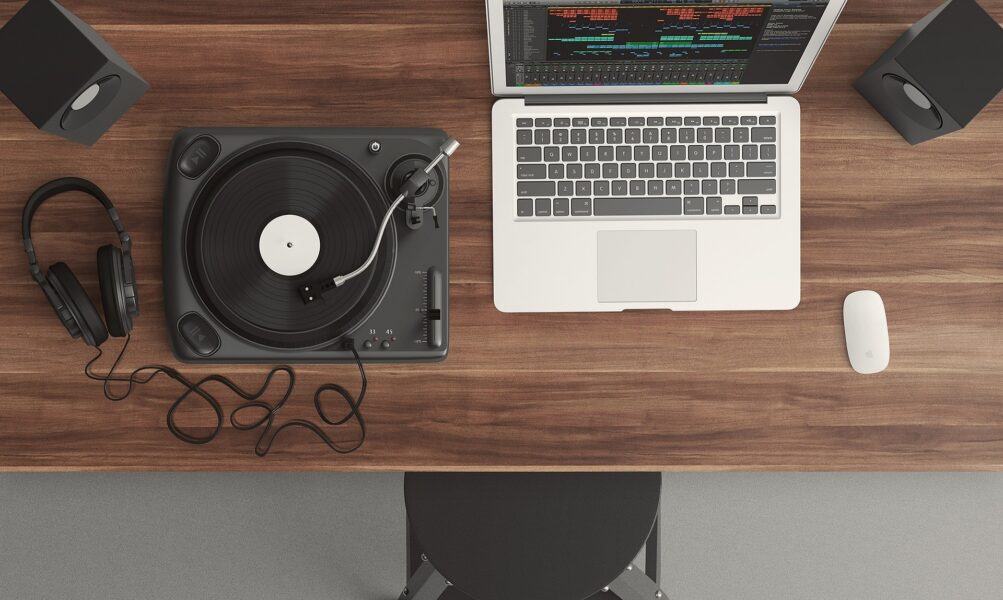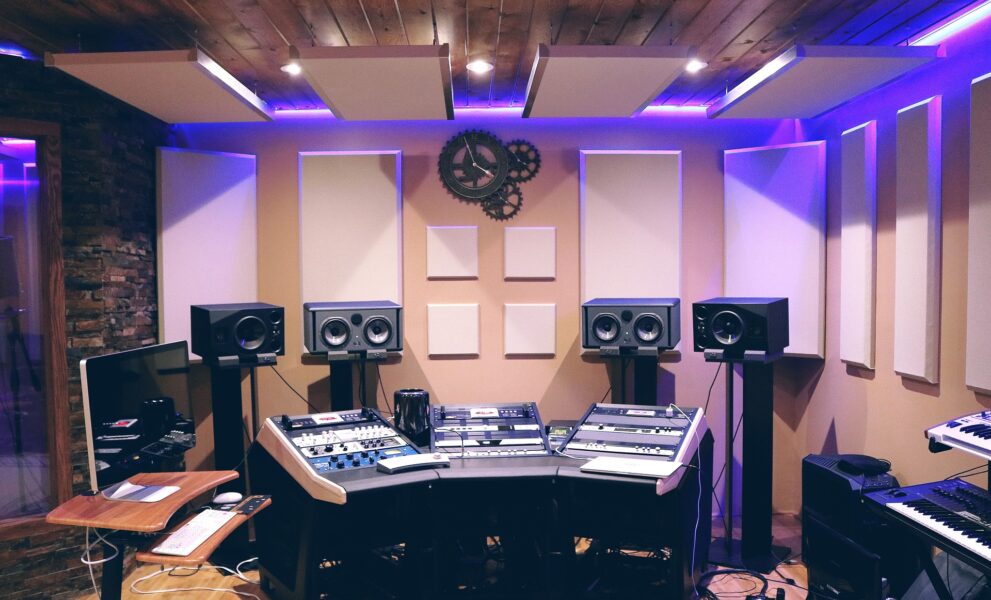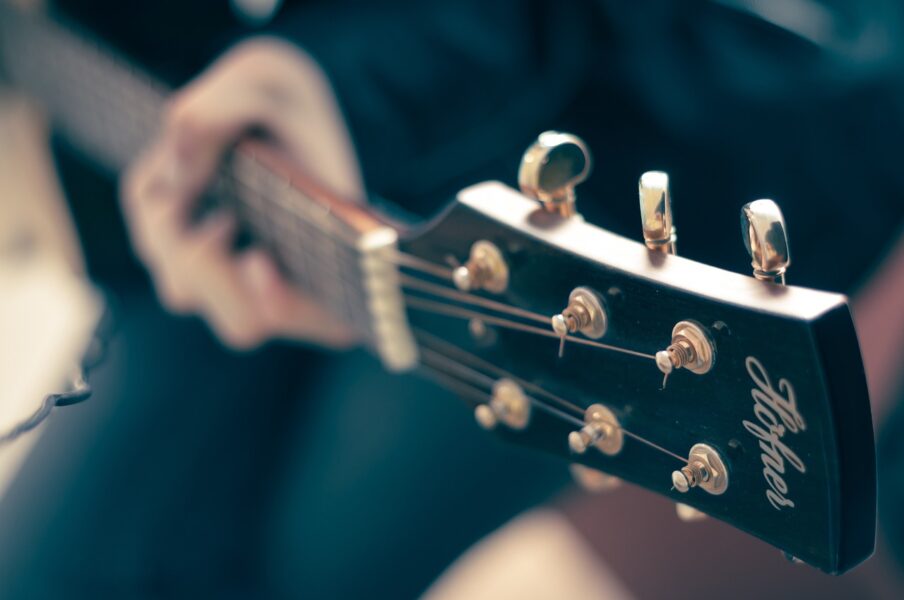Creating an efficient and inspiring production environment is crucial for any music producer or recording artist. A well-organized studio can enhance your workflow, reduce stress, and help you stay focused on your creative process. Whether you’re working in a small home studio or a larger professional space, optimizing your studio setup can make a significant difference. Here are some practical tips for maximizing your studio space and creating an efficient production environment.
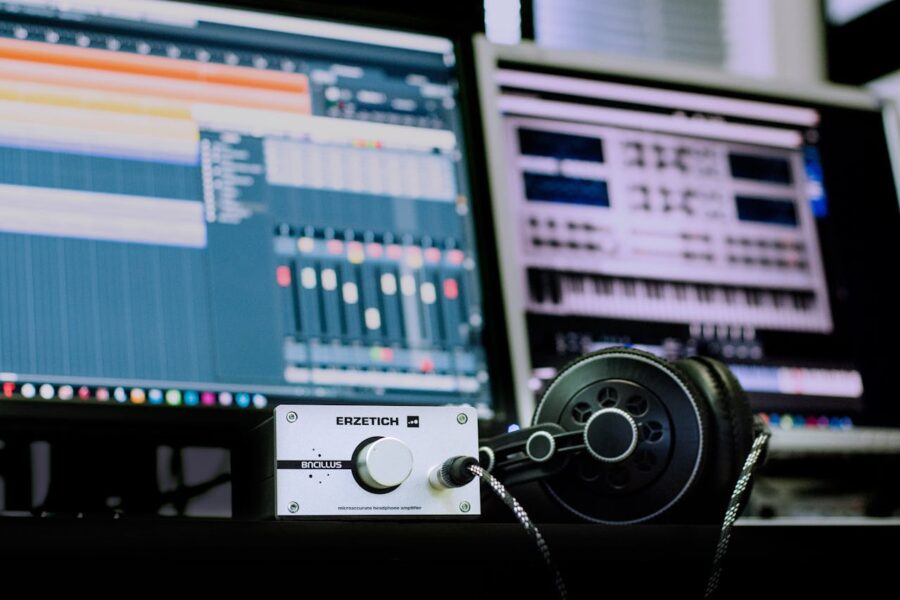
1. Plan Your Layout
Before diving into the setup, take the time to plan your studio layout. Consider the following:
- Work Zones: Define distinct areas for different tasks, such as mixing, recording, and editing. Position your desk, monitors, and keyboard in a way that promotes a smooth workflow.
- Acoustic Treatment: Arrange your acoustic panels and bass traps to optimize sound quality. Typically, placing panels at the first reflection points and in the corners can help minimize unwanted reflections and improve your mix accuracy.
- Cable Management: Plan how you’ll route cables to avoid clutter and ensure easy access to all your gear. Cable management solutions like cable ties, racks, or under-desk trays can keep your workspace tidy.
2. Optimize Your Desk Setup
Your desk is the command center of your studio. To make the most of it:
- Monitor Placement: Position your studio monitors at ear level and form an equilateral triangle with your listening position. This setup helps achieve accurate sound reproduction.
- Ergonomic Considerations: Ensure your chair, desk height, and monitor angles are adjusted for comfortable posture and reduced strain during long sessions.
- Essential Gear: Keep frequently used equipment like your MIDI keyboard, audio interface, and control surfaces within easy reach. Consider using a desk with built-in storage or a separate rack for gear.
3. Make Use of Vertical Space
In smaller studios, utilizing vertical space can free up valuable surface area:
- Shelving Units: Install shelves or wall-mounted racks to store books, gear, and other equipment. This keeps your desk clear and organized.
- Wall-Mounted Accessories: Use wall-mounted racks for headphones, cables, and other accessories. This can help reduce clutter and make it easier to find what you need.
4. Invest in Quality Acoustic Treatment
Good acoustic treatment is essential for accurate monitoring and mixing:
- Absorption Panels: Install acoustic panels to absorb sound and reduce reflections. Focus on areas like the first reflection points, behind your monitors, and in the corners.
- Bass Traps: Place bass traps in the corners of your studio to manage low-frequency buildup and achieve a more balanced sound.
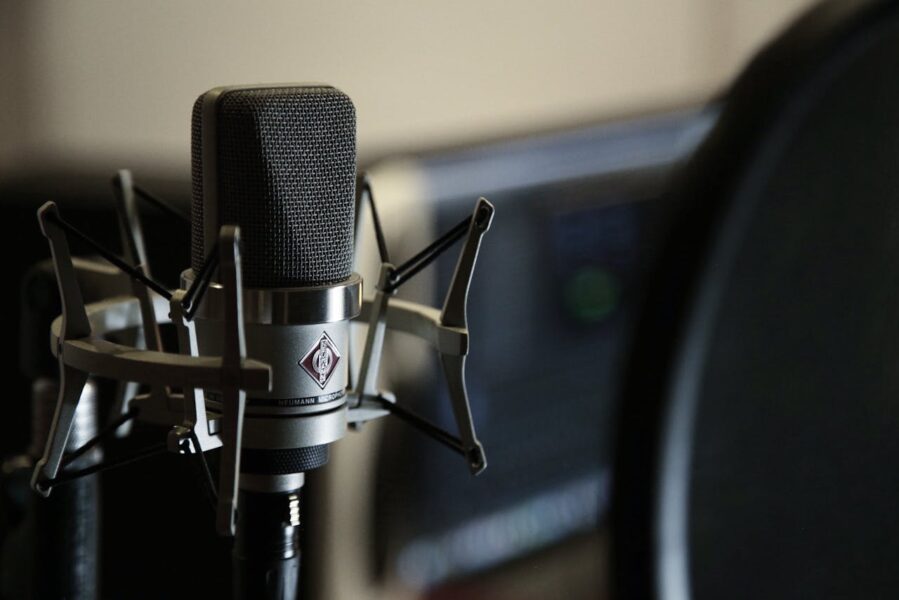
5. Create a Comfortable Atmosphere
A comfortable and inspiring environment can enhance your creativity:
- Lighting: Use adjustable lighting to create a relaxed atmosphere. Consider LED lights with color temperature control to match your mood and time of day.
- Personal Touches: Add elements that inspire you, such as artwork, plants, or personal memorabilia. A pleasant environment can boost your motivation and focus.
6. Maintain Regular Organization
Keeping your studio organized is an ongoing process:
- Routine Clean-Up: Regularly clean and declutter your workspace. Remove unused equipment and tidy up cables to maintain an efficient environment.
- Labeling: Label cables, equipment, and storage areas to quickly locate items and avoid confusion during sessions.
7. Invest in Quality Furniture
Good quality furniture can make a significant difference:
- Sturdy Desk: Invest in a robust desk that can support your equipment and withstand daily use.
- Adjustable Chair: Choose an ergonomic chair with adjustable height, backrest, and armrests to ensure comfort during long sessions.
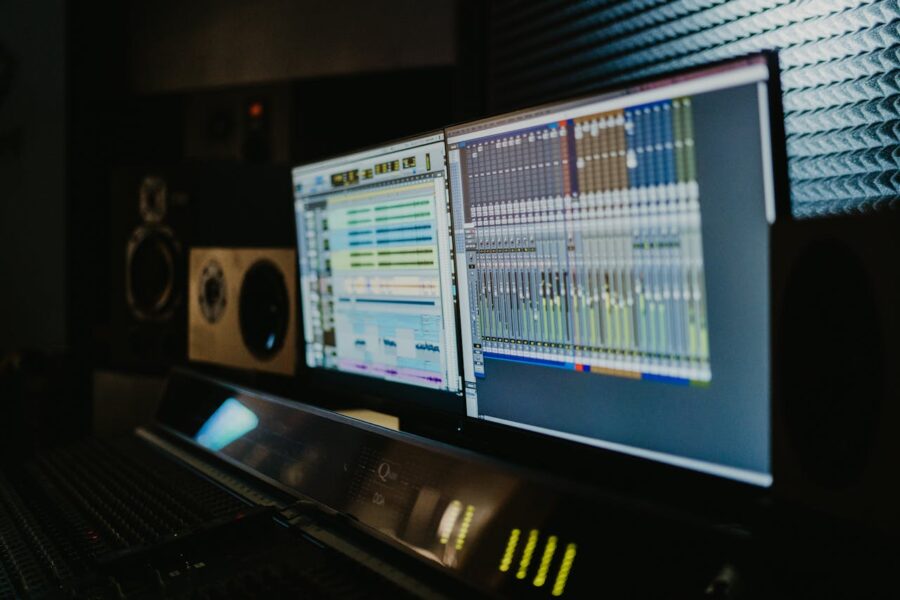
8. Optimize Your Acoustic Setup
Ensure your studio’s acoustic environment is tailored to your needs:
- Room Size and Shape: If possible, choose a room with a balanced shape and avoid overly reflective surfaces. Irregularly shaped rooms can help diffuse sound.
- Speaker Placement: Experiment with speaker placement to find the optimal position for accurate monitoring. Small adjustments can have a significant impact on your listening experience.
By following these tips, you can transform your studio space into an efficient, organized, and inspiring environment that enhances your productivity and creativity. Whether you’re setting up a new studio or looking to improve your current setup, taking the time to optimize your space will pay off in the quality of your work and your overall studio experience.
